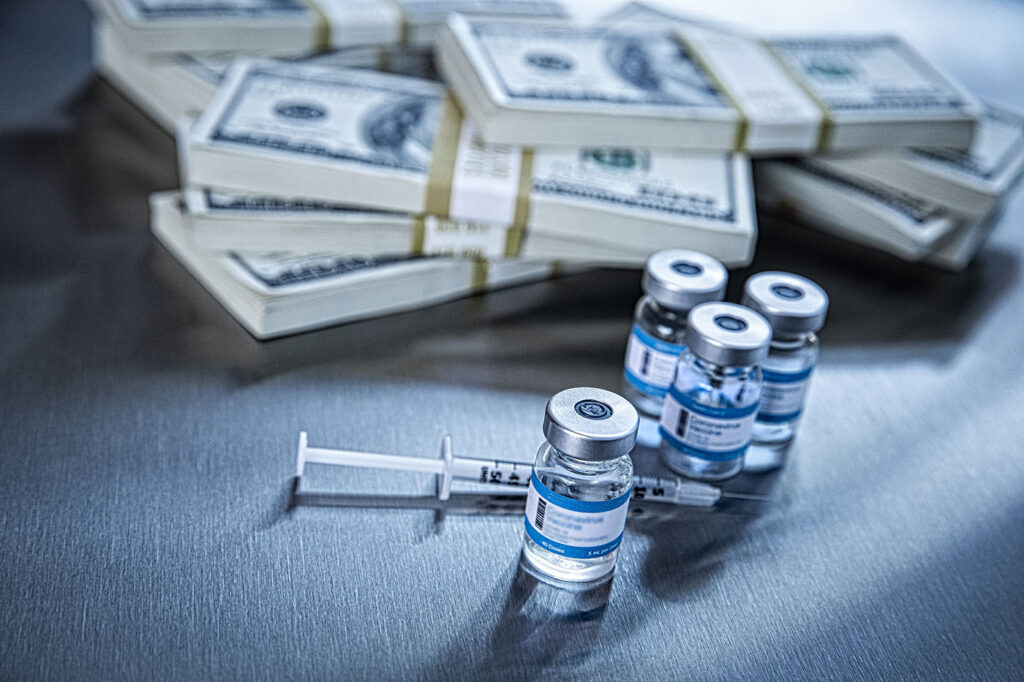Many people asked me after the publication last year of my book, “In Pursuit of Unicorns: A Journey Through 50 Years of Biotechnology,” what I was going to do next? What about a second edition or perhaps a blog to keep updated on newer companies and technologies?
I am a little too old to do whatever a “blog” is, but I do remember the column that Nobel Laureate Sydney Brenner wrote in the journal Current Biology in the ‘90s, “Loose Ends,” and later “False Starts”.1 I cannot emulate “Uncle Syd,” but I certainly have some perspectives on the biotech industry that I have been associated with for almost 50 years. And so, I am indebted to John Sterling and GEN for kindly inviting me to share a few thoughts in this new column, appropriately named “A Noble Pursuit.”

Operating Partner
SV Health Investors
This first column is called “Dystopian Times.” That is not some strange newspaper reference, but the place where the biotech industry finds itself in mid-2025 as the result of the convergence of several forces. The industry had faced difficult times before. Others can reflect on the times when it was difficult to raise money, when investors were not actively buying into new or existing private and public biotech companies. We find ourselves in that position now for some of the same and for some different reasons.
The consequences of the attitude and actions of the present U.S. administration towards academia and life science research in general should not be taken lightly. I often hear the comment “Don’t worry, it’s OK, it’s only for four years.” But it is fundamentally not OK. Academics struggling to find grants or qualified students unable to fill postgraduate positions, regardless of their background, are not going to desire or be able to start a new company based on their technology. This will have a knock-on effect on the number of start-up companies in which to invest, that is, if there were money available to invest in them.
Unfortunately, one of the consequences of the continuing debacle over tariffs, aside from stock market volatility, is an effect on the risk tolerance of both venture capital and follow on investors. It has effectively removed the initial public offering (IPO) market for private biotech companies.
The price is wrong?
Reigniting the drug prices debate will also have consequences. Large pharmaceutical and biotech companies will be more reluctant to acquire companies or their products as they will be obliged to reduce the prices they charge in the U.S. to match prices charged elsewhere. Advertised drug prices are rarely those that are actually paid, especially when it comes to medicines that are technically challenging to make or use, such as cell and gene therapies. It is also often unclear who pays for the medicines if not the patient directly.
The reimbursement situation is complicated in the U.S. and different than other countries. Despite the appealing nature of the TV advertisements for weight loss drugs, it is not as simple as saying that the price of a drug in the U.S. should be slashed because it costs a tenth of that in Europe. As with other things these days, a lack of facts does not seem to matter. As my father used to say, “please do not confuse me with facts—my mind is made up.”
Another difference in our current situation is the rise of Chinese life sciences R&D. Many of my colleagues who have visited recently tell me that the atmosphere resembles the U.S. in the 1980s at the dawn of the whole industry: many smart people are doing groundbreaking research and taking potential new drugs of many various types and modalities into the clinic rapidly.
If we are not careful, in 20 years we will be buying our new innovative drugs from China and not discovering and making them here. No new “biotech” initiatives will fix this in the short term because it is the political situation in the U.S. that is causing the problem. Of course, there are many things wrong with the way academic and government research is operated and funded, and clearly there is a need for change. But let’s not throw the biotech baby out with the bathwater.
In closing, please reflect on two things. First, most of the biotech industry was developed in the U.S. by people with diverse backgrounds. Second, government hubris is fundamentally dangerous.
Reference
1. Brenner, S. (2019) Loose ends – False Starts. World Scientific Publishing.
Editorial Note: At its very best, biotechnology aims to optimize health for the planet and its inhabitants. Such efforts go beyond just finding new drugs for human diseases to also include the discovery and application of innovative technologies that improve our climate, empower better agriculture and food security, and realize lifetime health and wellness for individuals and populations. These noble pursuits, and the people who engage in them, are the subject of this new feature column.




